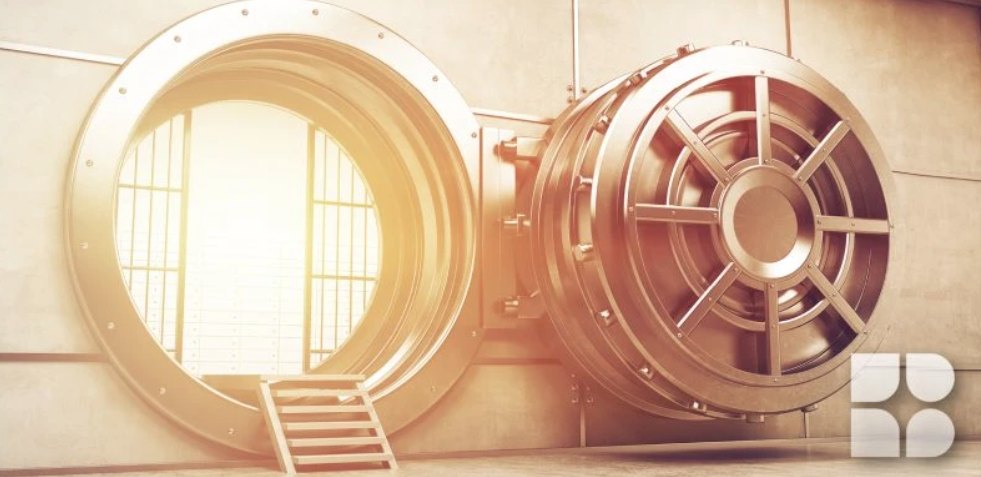TAX REFUND STILL SITTING IN THE BANK? HERE’S WHAT TO DO

By this point, many Americans have already received their tax refund. If you’re unsure what to do with yours, that’s okay.
The average refund by March 1 of this year was $2,933, so how you handle it is no small decision. It’s better to take your time reviewing your options than make a hasty mistake. But if you aren’t sure of your options or how to choose, the advice below might be just what you need to get going.
The first thing to do is lay a foundation for a good decision.
Make some financial goals
Look at your overall financial situation and answer a few simple questions.
– Do you have debt outside your mortgage that is more than 30% of your take-home pay?
– Do you have a necessary large purchase or expense coming up?
– Do you need to build an emergency fund of three to six months’ salary in a savings account?
If the answer to only one of those questions is yes, you found your priority.
If you answer yes to more than one, the decision gets tougher. That’s where a budget comes in handy.
Budgeting and your tax refund
Windfalls like tax refunds really bring out the need for a budget. If you don’t have one, don’t panic. Instead, check out this primer on different kinds and how to build one.
Once you have a budget, determine what your needs and wants are. Of course, take care of the needs first and let your budget determine how much of your refund is required to meet them.
Here are some good choices for your needs column.
Pay off debt with your tax refund
High-interest debt, like credit cards, can seriously drag on your earning power. So, paying off debt frees up extra income you didn’t have before.
It’s like giving yourself a raise!
It can also improve your credit score and reduce stress. Once that is done, it’s time to build an emergency fund.
Save your tax refund
Getting rid of debt can ease some stress, but if you have an emergency, it is all too easy to fall back into a feast-and-famine cycle.
The remedy is to build up an emergency fund and place it in a safe saving account. Use your budget to determine how much you would need each month to replace three to five months of living expenses and start saving toward that. Then, if you have an unexpected job loss, repair, or medical bill, you are covered. All you have to worry about is rebuilding your emergency fund. But you don’t owe anyone anything!
Once the emergency fund is in place, you can build wealth through investing.
Invest your tax refund
If you don’t have significant debt outside of a mortgage and your emergency fund is in place, you can start building wealth by investing.
One option is to place your refund in Roth or traditional IRAs. These accounts can build wealth by growing your money and reducing your tax burden. Paying off debt and building wealth is great, but there is one more option for your tax refund.
Take care of a necessary big purchase
The beauty of this option is that it can act like a hedge against debt and build wealth. The trick is to make sure the purchase is necessary. For example, you avoid debt if you can use the money to help pay for a good vehicle. With no car note, you can start paying yourself to save for the next one. Or, if you use it to help get a down payment on a home, you are potentially building wealth since many homes go up in value.
The Bottom Line
Figuring out what to do with your tax refund isn’t always easy. But by following the ideas in this post, you can make a decision that can help you build your financial future.